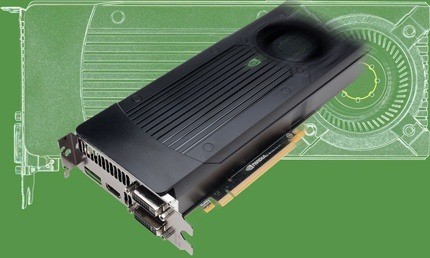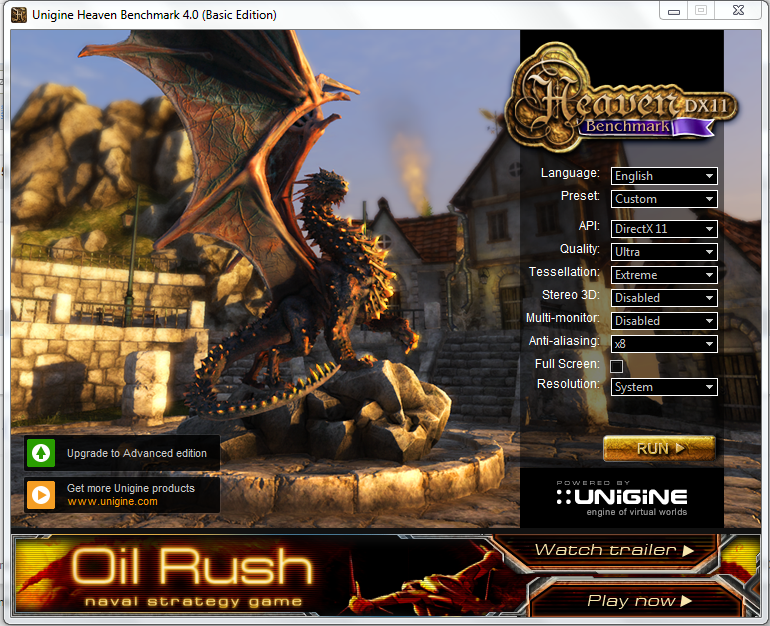Getting back to the original point. Can you actually cite a situation where the relative slowness of mate matters.
OpenArena is something old and well optimized. The 20% performance difference makes little difference (on most hardware). Say, for example, that I would like to play Tomb Raider 2013. I've already noticed that this game doesn't get as high performance on my hardware on FreeBSD, and I think it uses OpenGL on Wine. It's not that efficient because OpenGL is simply less efficient than Vulkan. Suppose you would achieve 25 fps on average, that is not very playable because you then have dips to, for example, 14 fps and you notice that very strongly. Suppose it would reach 30 fps, that would be considered 'playable'. So it can make the difference between being able to play a game smoothly or not.
More generally you can say that gamers can often immediately perceive a performance difference above 10% in fps at frame rates between 20 and 60 fps. Especially competitive gamers usually notice this difference immediately.
Outside of gaming, there are several apps where you can feel a 20% difference in graphics performance, such as in certain video editing apps and image editing as well.
Certain CAD apps run more smoothly if you can get more fps in the app.
It is said that there is a trend that mainstream apps, such as Microsoft Office for example, have become graphically intensive, so that your productivity depends on the fps you get in the app:
More and more apps are going graphics-intensive, so more and more users require graphics processing units. Find out what this shift means for VDI shops.

www.techtarget.com
Try disabling composition in MATE and then try again.
If you disable the compositor on an Nvidia card you will have tearing. So that is not an option. Wayland also doesn't work well on Nvidia at the moment.
With Nvidia you also have the option 'Force Full Composition Pipeline' in the driver. On the GTX 650 this leads to
30% GPU usage when you're not doing anything on your PC, as opposed to 0% GPU usage. Hopefully you understand why I use Compton. Picom does not work in combination with my old GPU, I think it is meant for newer GPUs, and they also say that Picom contains many bugs.
I think MATE's compositor is enabled, but it gives strong tearing in my case. My impression is that MATE simply doesn't work properly on my specific Nvidia driver version, and possibly identically horrific on all Nvidia cards.





